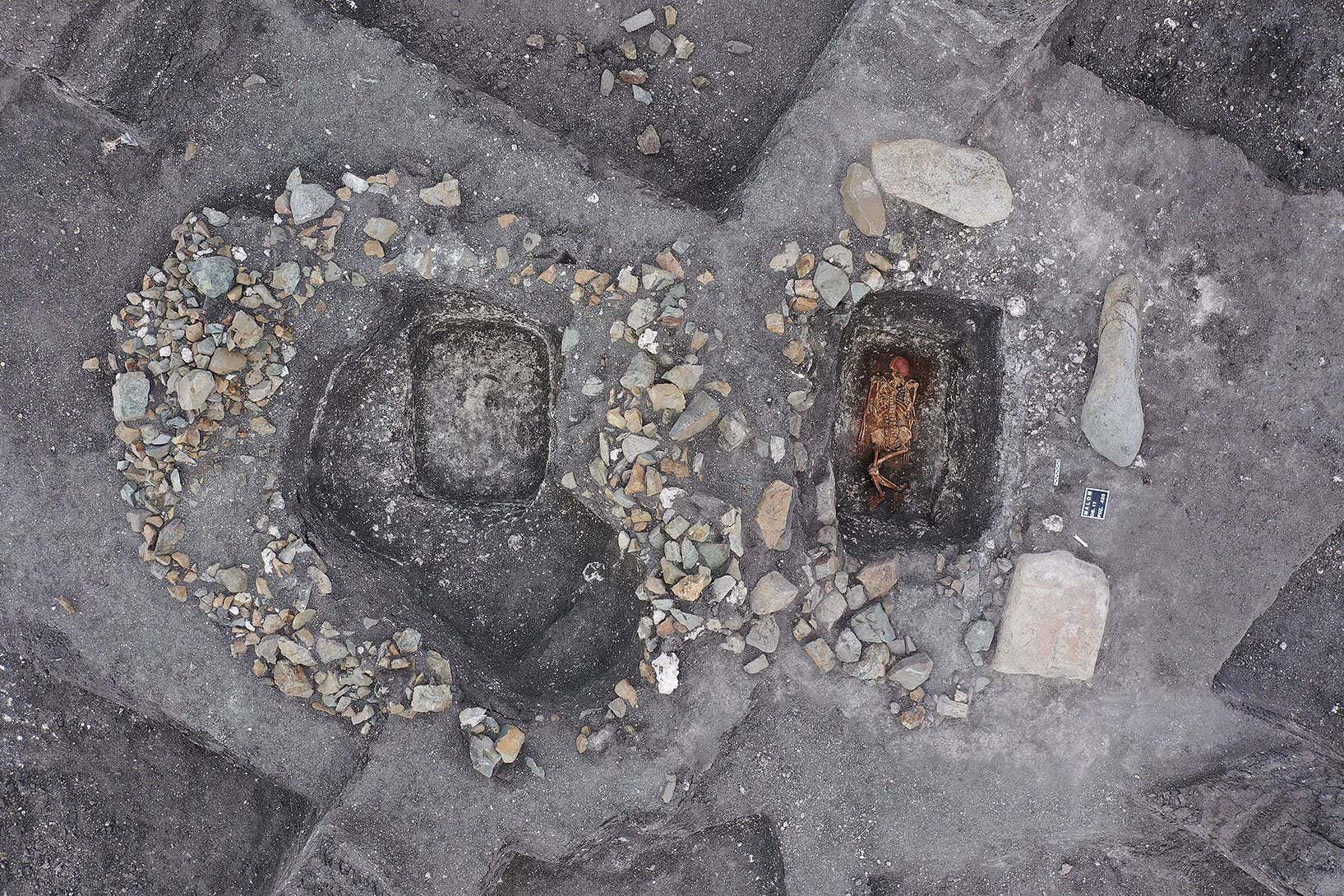The bones of nine men from graves in Bulgaria, Hungary and Romania show hallmarks of horse riding in the patterns of wear on their spines, legs and pelvises
By Clare Wilson
3 March 2023
A grave in Malomirovo, Bulgaria, containing a human skeleton bearing evidence of horse riding
Michał Podsiadło
The earliest evidence of horse riding has been found in 5000-year-old human skeletons from south-east Europe.
The bones of nine men from graves in Bulgaria, Hungary and Romania show hallmarks of horse riding in the patterns of wear on their spines, legs and pelvises.
The adoption of horse riding is seen as one of the key developments of history, as it helped people to herd livestock, promoted trade and migration, and eventually transformed warfare.
Advertisement
“Suddenly, people had the possibility to move five times as fast and carry 10 times more than they were able to transport before – that’s revolutionary,” says Martin Trautmann at the University of Helsinki in Finland.
It has long been suspected that the first people to domesticate horses were the Yamnaya, livestock herders originating in the Eurasian steppe north of the Black Sea and Caucasus mountains. They went on to colonise most of Europe in what some archaeologists see as a murderous rampage.
Traces of horse milk have been found in shards of their pots. Although this shows that people kept horses, they may have done so first for their milk and meat, so it is unclear when they might have begun riding the animals.
